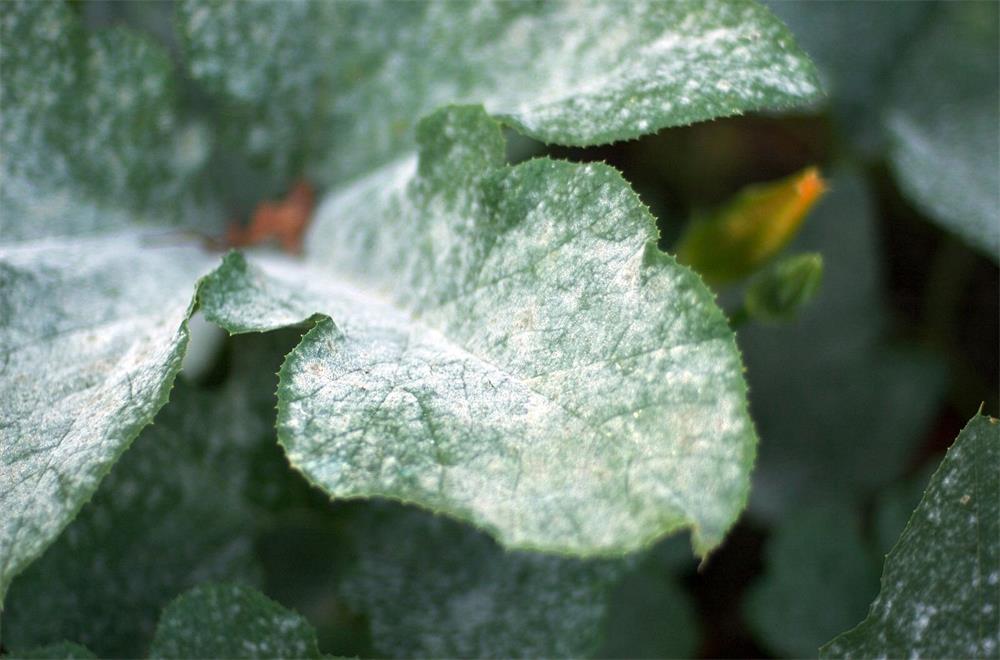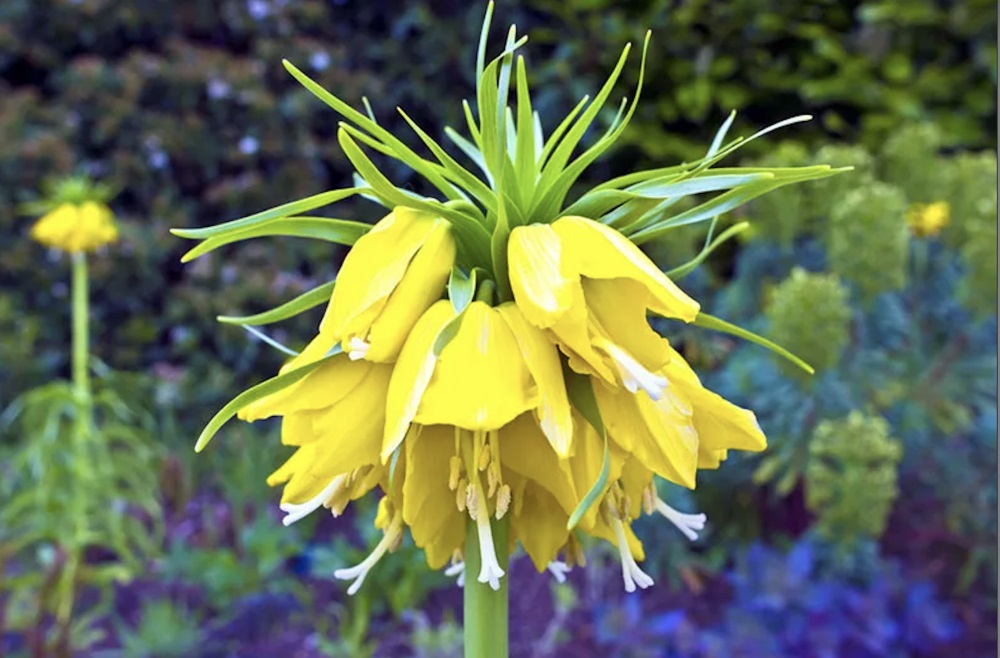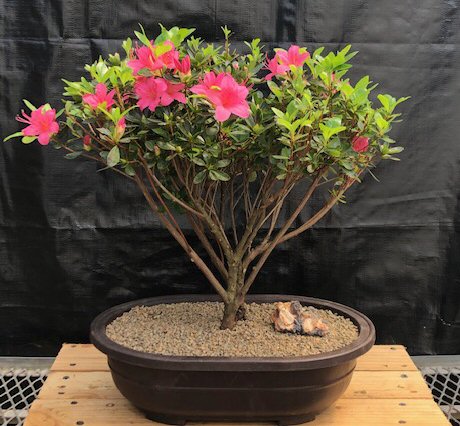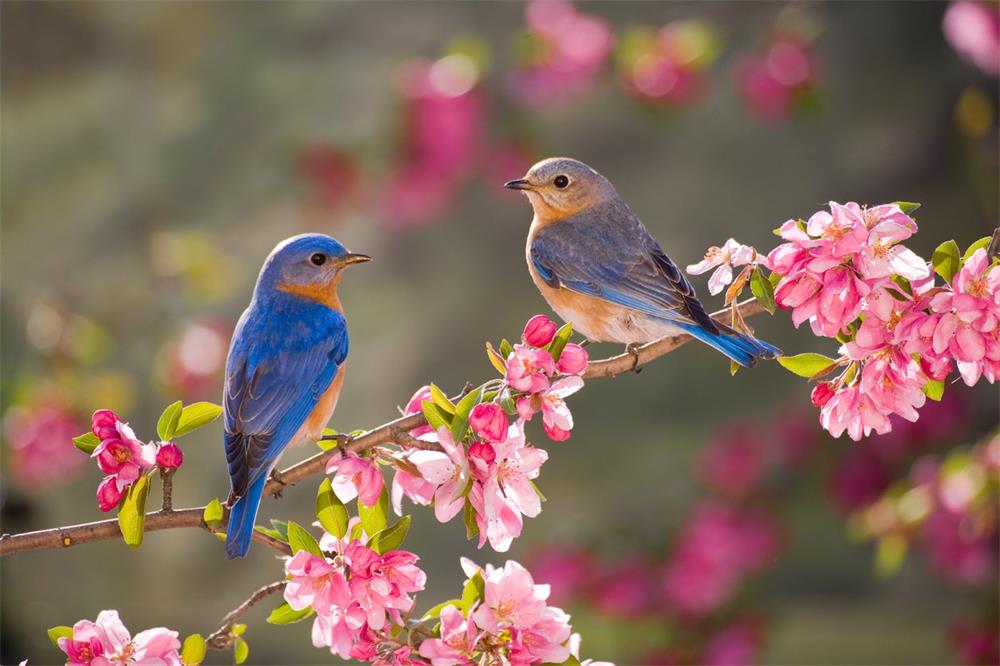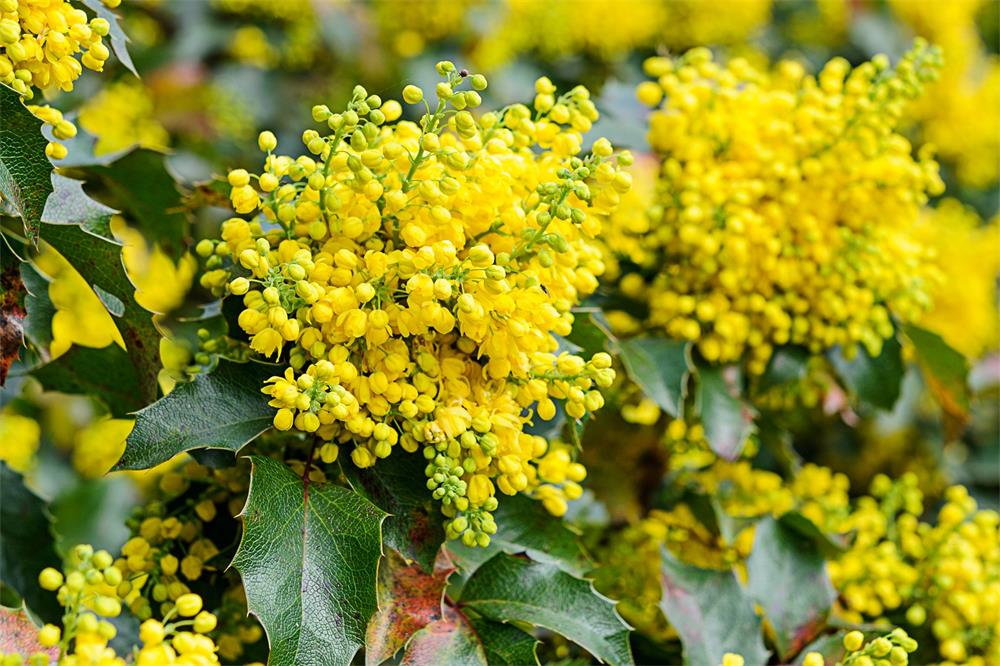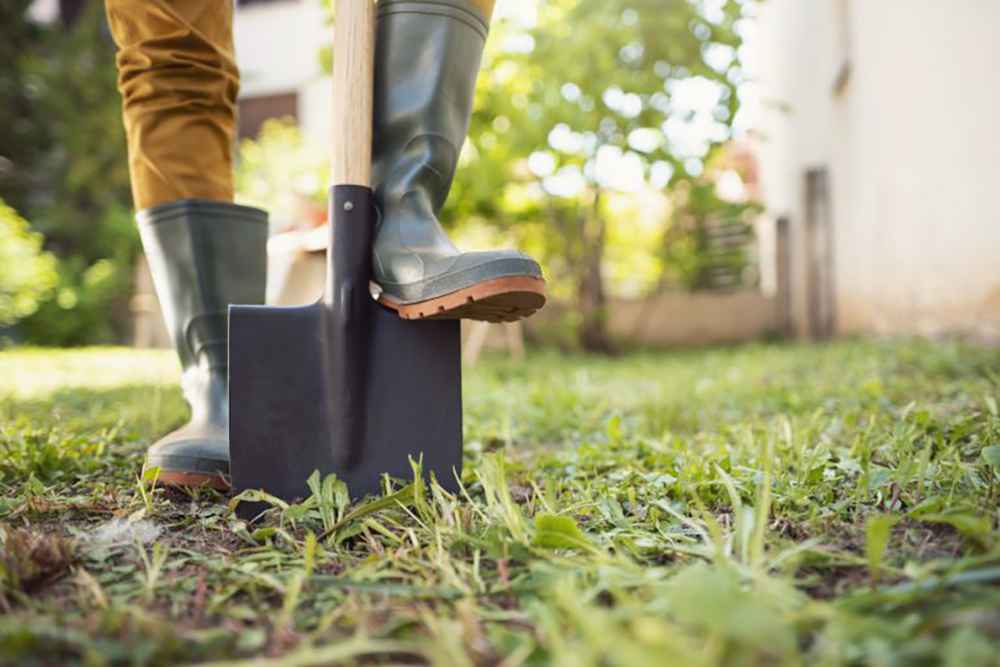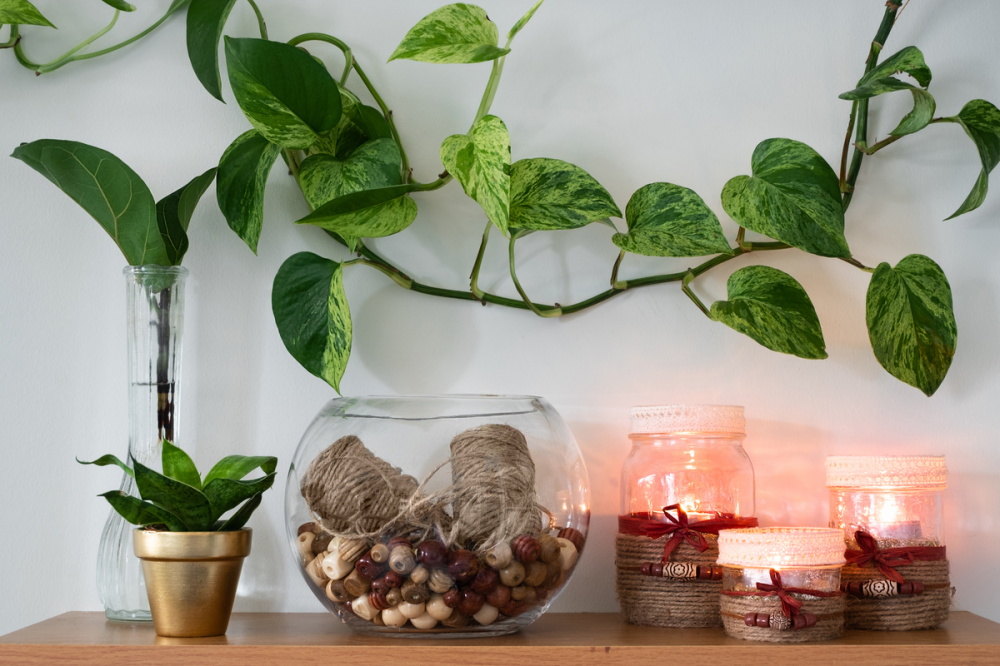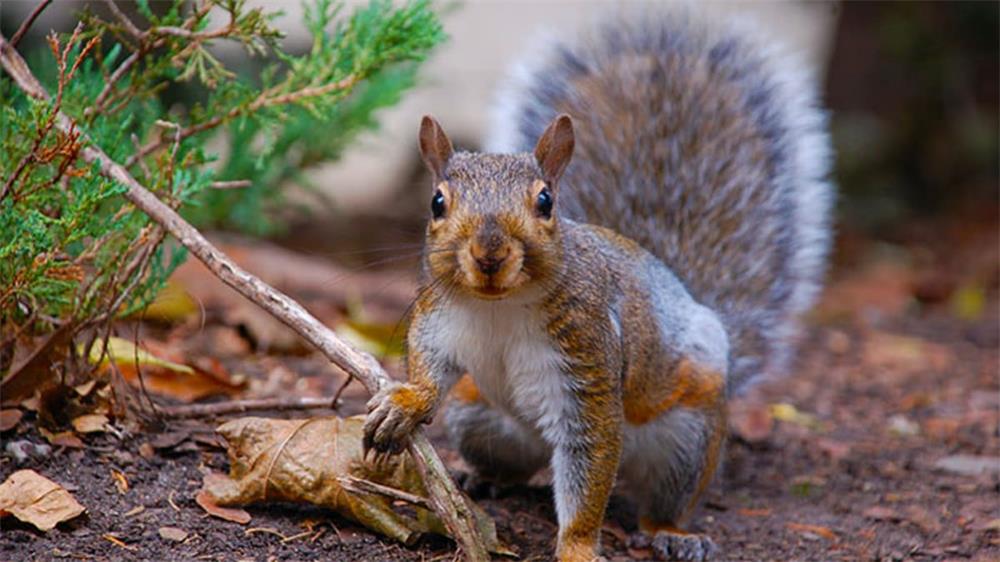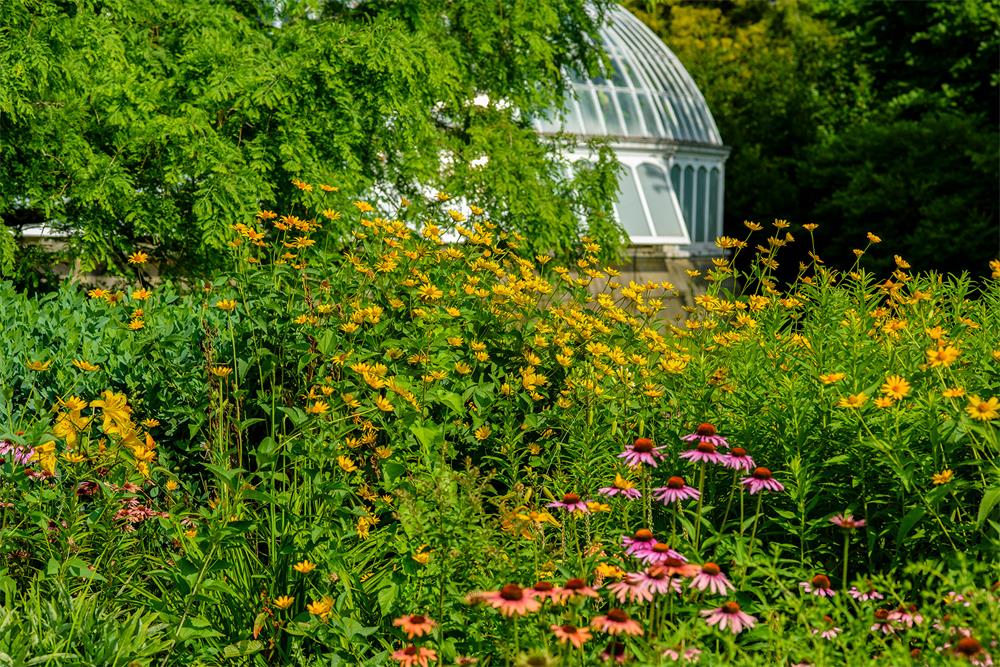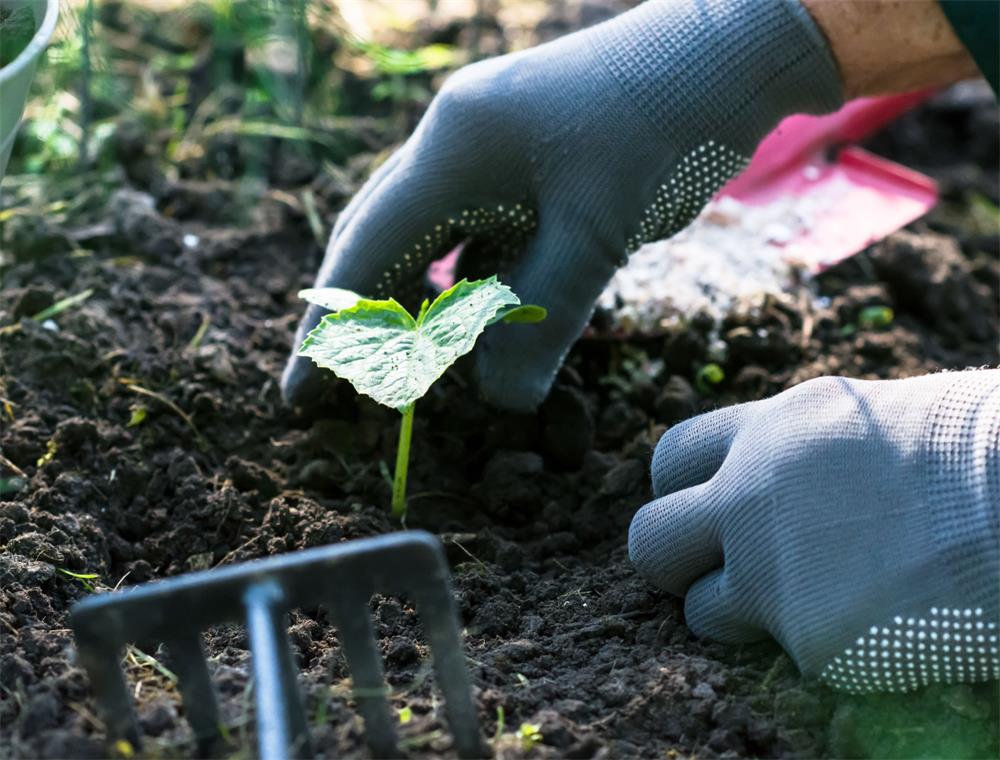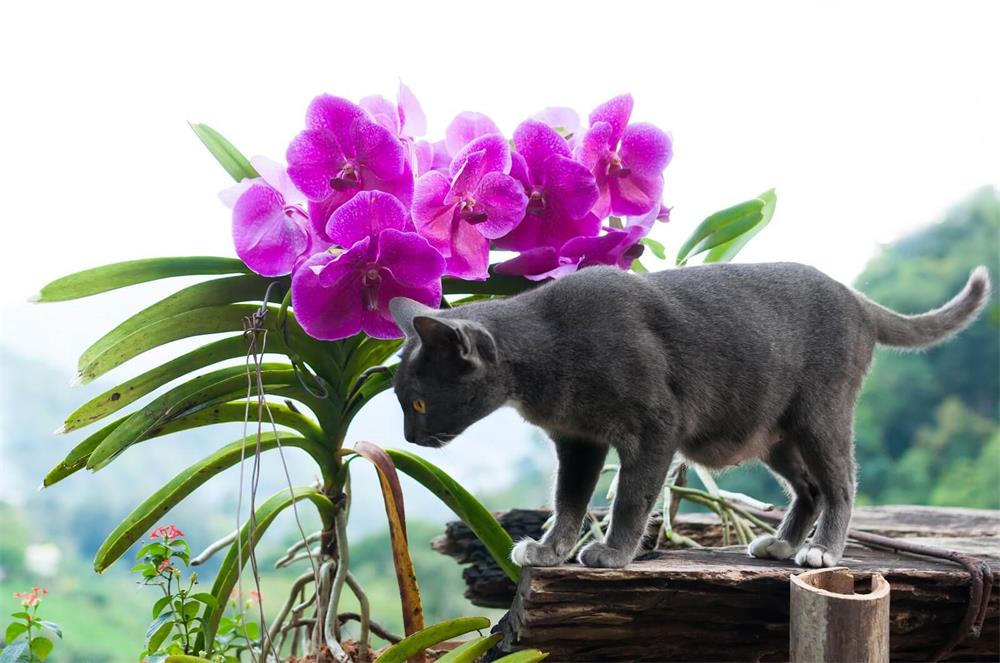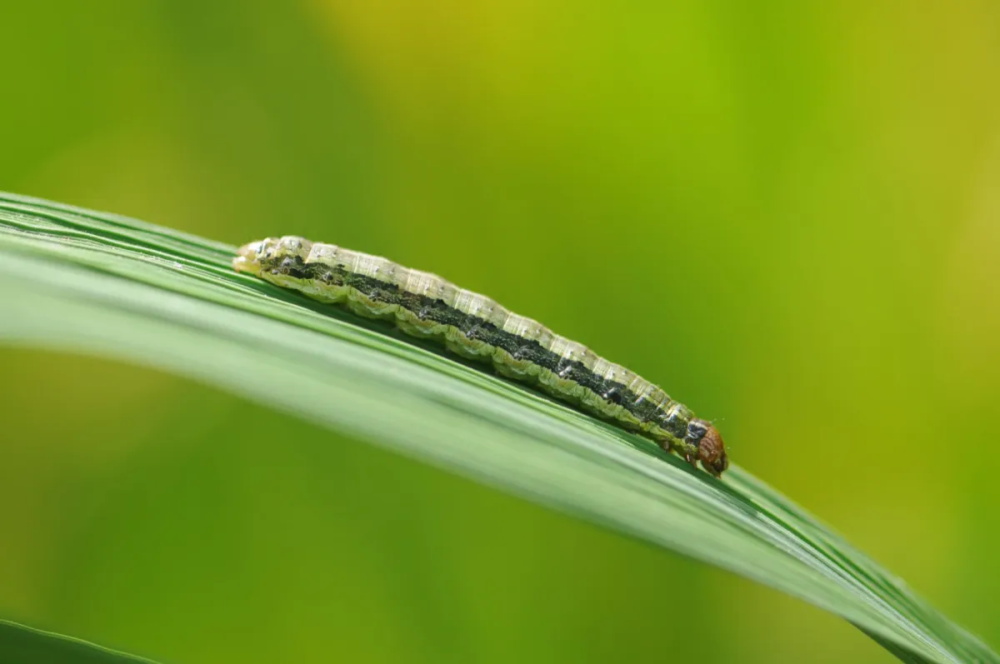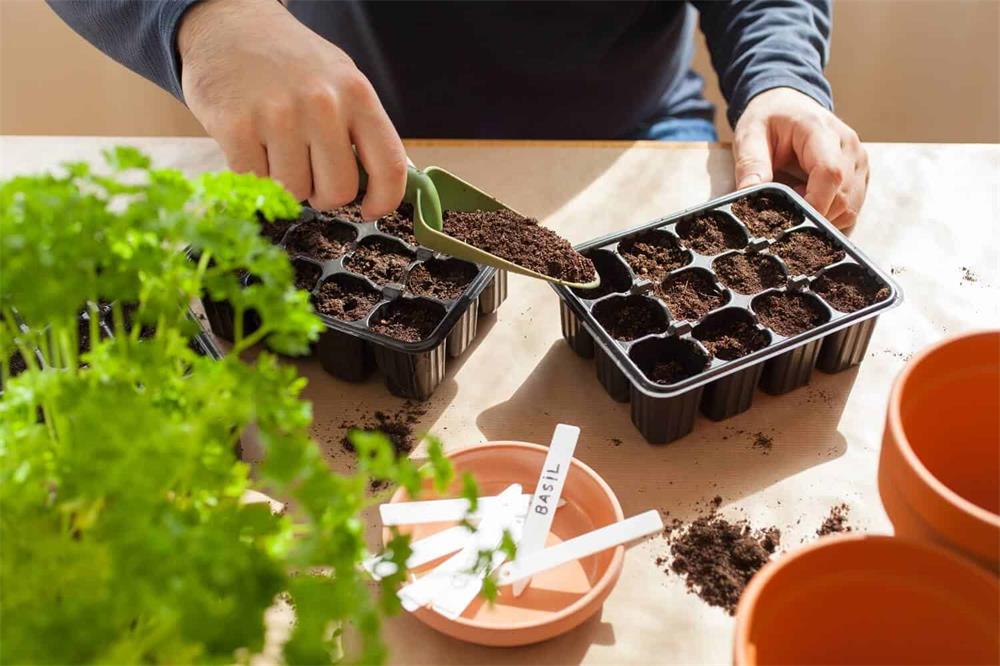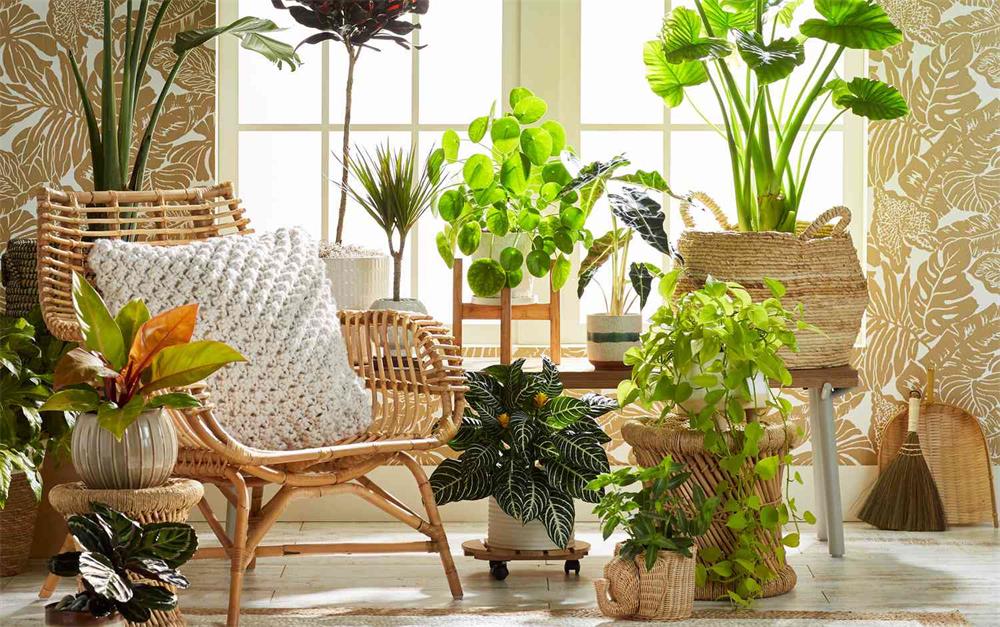
Table of Contents
Indoor gardening is a great way to enjoy the benefits of growing plants without having to deal with the challenges of outdoor gardening. Whether you want to grow fresh herbs, vegetables, fruits, or flowers, you can create an indoor garden that suits your space, budget, and preferences. In this guide, we will cover some of the basics of indoor gardening, such as what plants to choose, what types of systems to use, and how to care for your plants.
What is Indoor Gardening?
Indoor gardening is the practice of growing plants indoors, usually in containers with soil or water. Indoor gardening allows you to control the temperature, light, humidity, and other factors that affect plant growth. You can also grow plants that are not native to your climate or season, such as tropical plants or winter crops.
Indoor gardening can be done for various purposes, such as:
- Producing food: You can grow edible plants indoors, such as vegetables, herbs, fruits, or mushrooms. Indoor gardening can provide you with fresh, organic, and nutritious food all year round.
- Improving air quality: Plants can filter the air and remove toxins, dust, and allergens. Indoor gardening can also increase the oxygen level and humidity in your home.
- Enhancing aesthetics: Plants can add color, texture, and beauty to your indoor space. Indoor gardening can also create a relaxing and soothing atmosphere.
- Having fun: Indoor gardening can be a rewarding and enjoyable hobby. You can experiment with different plants, systems, and designs. You can also share your indoor garden with your family and friends.
What Plants Can You Grow Indoors?
There are many plants that can thrive indoors, depending on your conditions and preferences. Some of the factors to consider when choosing plants for indoor gardening are:
- Light: Different plants have different light requirements. Some need bright and direct sunlight, while others prefer low and indirect light. You should choose plants that match the light level in your indoor space. You can also use artificial lights to supplement natural light if needed.
- Space: Different plants have different space requirements. Some need large and deep containers, while others can grow in small and shallow pots. You should choose plants that fit the space you have available. You can also use vertical gardening techniques to save space if needed.
- Water: Different plants have different water requirements. Some need frequent and thorough watering, while others prefer dry and well-drained soil. You should choose plants that match the water level in your indoor space. You can also use self-watering systems or devices to automate watering if needed.
- Temperature: Different plants have different temperature requirements. Some need warm and stable temperatures, while others tolerate cold and fluctuating temperatures. You should choose plants that match the temperature level in your indoor space. You can also use heaters or fans to regulate temperature if needed.
- Humidity: Different plants have different humidity requirements. Some need high and constant humidity, while others prefer low and variable humidity. You should choose plants that match the humidity level in your indoor space. You can also use humidifiers or misters to increase humidity if needed.
Some examples of plants that are easy to grow indoors are:
- Vegetables: Carrots, lettuce, tomatoes, peppers, radishes, spinach, kale, etc.
- Herbs: Basil, mint, parsley, thyme, oregano, rosemary, etc.
- Fruits: Strawberries, blueberries, lemons, limes, oranges, etc.
- Flowers: Orchids, African violets, begonias, geraniums, jasmine, etc.
- Succulents: Aloe vera, cacti, echeveria, jade plant, etc.
What Types of Indoor Gardening Systems Can You Use?
There are many types of indoor gardening systems that you can use to grow your plants indoors. Some of the common types are:
- Soil-based systems: These are the most traditional and simple systems that use pots or containers filled with potting soil or mixtures. Soil-based systems are suitable for most types of plants and are relatively inexpensive and easy to set up and maintain. However, they may require more watering and fertilizing than other systems and may attract pests or diseases.
- Hydroponic systems: These are systems that use water instead of soil to grow plants. The water contains dissolved nutrients that the plants absorb through their roots. Hydroponic systems are suitable for fast-growing and high-yielding plants such as leafy greens and herbs and are more efficient and eco-friendly than soil-based systems as they conserve water and prevent soil erosion and contamination However, they may require more initial investment and technical knowledge than soil-based systems and may be vulnerable to power outages or system failures.
- Aquaponic systems: These are systems that combine hydroponics and aquaculture, which is the cultivation of fish or other aquatic animals. The fish produce waste that is converted into nutrients by beneficial bacteria, which then feed the plants. The plants filter the water and return it to the fish tank, creating a closed-loop system. Aquaponic systems are suitable for growing both plants and fish, such as lettuce and tilapia, and are more productive and sustainable than hydroponic or soil-based systems as they recycle water and organic matter. However, they may require more initial cost and maintenance than hydroponic or soil-based systems and may need careful monitoring and balancing of the water quality and pH.
- Aeroponic systems: These are systems that use air instead of water or soil to grow plants. The plants are suspended in the air and their roots are misted with nutrient-rich water at regular intervals. Aeroponic systems are suitable for growing plants that need a lot of oxygen, such as strawberries and potatoes, and are more advanced and innovative than hydroponic or soil-based systems as they use less water and space and prevent root rot and disease. However, they may require more initial expense and technical skill than hydroponic or soil-based systems and may be dependent on electricity and pumps.
How to Care for Your Indoor Plants?
Caring for your indoor plants is essential to ensure their health and growth. Some of the basic steps to care for your indoor plants are:
- Watering: Water your plants according to their needs and the type of system you use. Check the soil or water moisture regularly and adjust accordingly. Avoid overwatering or underwatering your plants as both can cause stress and damage. Use room-temperature water and avoid tap water that may contain chlorine or fluoride.
- Fertilizing: Fertilize your plants according to their needs and the type of system you use. Use organic or synthetic fertilizers that are suitable for indoor plants and follow the instructions on the label. Avoid overfertilizing or under fertilizing your plants as both can cause nutrient deficiency or toxicity.
- Pruning: Prune your plants according to their needs and the type of system you use. Remove any dead, diseased, or damaged leaves, stems, or flowers to improve the appearance and health of your plants. Encourage bushy growth by pinching off the tips of new shoots. Harvest your edible plants regularly to stimulate more production.
- Pest control: Control any pests that may infest your indoor plants using natural or chemical methods. Identify the type of pest and the extent of damage before applying any treatment. Use physical barriers, such as screens or covers, to prevent pests from entering your indoor garden. Use biological agents, such as beneficial insects or microorganisms, to control pests naturally. Use insecticidal soap, neem oil, or other organic sprays to kill pests safely. Use synthetic pesticides, such as pyrethrin or malathion, only as a last resort and follow the safety precautions.
Conclusion
Indoor gardening is a fun and rewarding way to grow plants indoors. You can choose from a variety of plants, systems, and designs to create your own indoor garden that suits your space, budget, and preferences. Indoor gardening can provide you with many benefits, such as food, air quality, aesthetics, and enjoyment. By following some basic guidelines, you can care for your indoor plants and ensure their health and growth.




